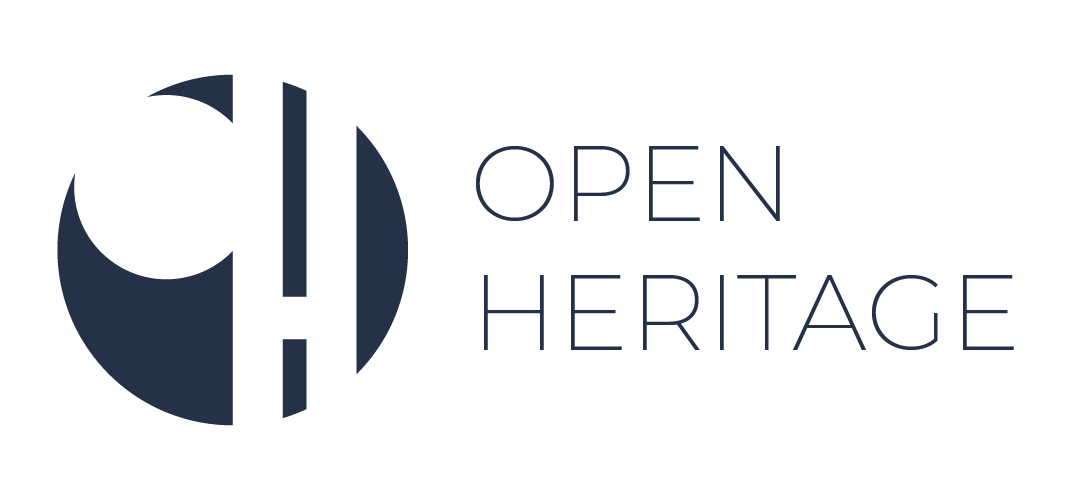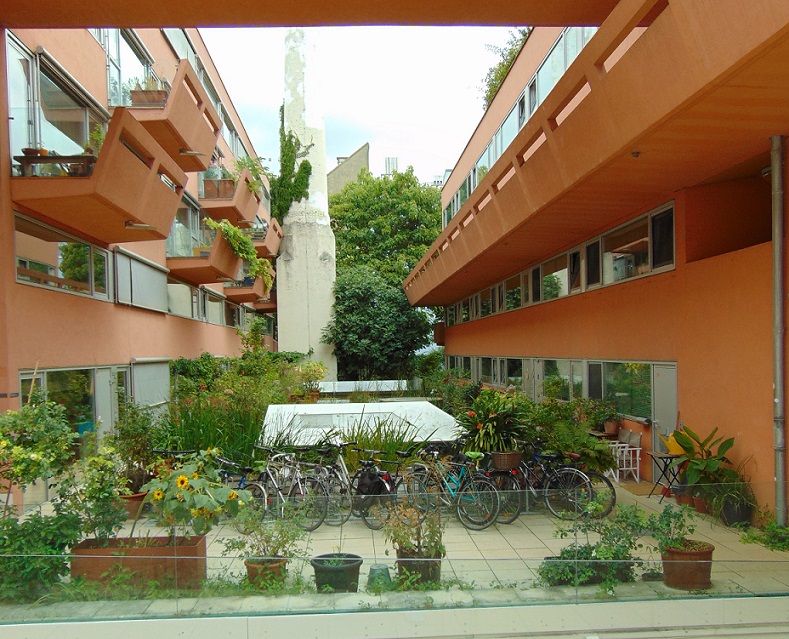The analysis of the Observatory Cases is available among the Deliverables published on the OpenHeritage website, introducing the successes and challenges behind 16 innovative adaptive reuse practices in Europe. The study explores innovative community involvement methods, resource integration, territorial impact and heritage impact on the example of the cases. An in-depth micro-level analysis is provided for all of them, focusing on a contextualized understanding of how adaptive re-use works in practice, how the specific local circumstances interact with the larger institutional and regulatory framework, and how this influences the outcome of the specific re-use projects.
The cases themselves are multi-fold: they reflect a variety of regional experiences and geographical situations (urban, peri-urban and rural) across Europe. There is a diversity of heritage assets involved, including industrial, ecclesiastical, royal, administrative, military, residential and commercial buildings, as well as natural sites; a range of initiative types, from bottom-up, community-based engagements through private undertakings to public projects; with a mix of social, environmental or commercial motivations; and an array of traditional or innovative financing mechanisms, economic models and governance arrangements. Importantly, they are all ongoing, advanced experiments of adaptive re-use of heritage sites., and are predominantly well-established cases, with a few exceptions that are at different levels of development. While the analysis of the earlier offers crystallised models, the latter allows to capture their evolution through a series of snapshots at different moments of their development.
The submitted analysis is just a first step, which will be followed by the publication of videos and interviews and organized in an easily searchable database.

